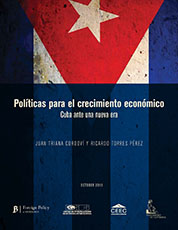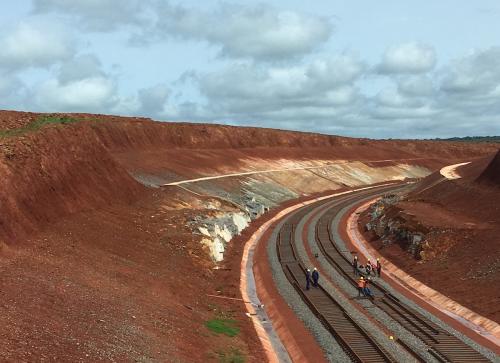 Editor’s note: This paper is currently only available in Spanish. The English translation is forthcoming.
Editor’s note: This paper is currently only available in Spanish. The English translation is forthcoming.
Cuba exhibits profound paradoxes with regards to development. It has some resources, but lacks a macroeconomic or institutional framework to effectively leverage them. Similarly, it boasts a wealth of highly-educated and qualified workers, yet its economic model does not generate sufficient employment — either in quantity or quality — or adequate wages. This economic model likewise has not exhibited the flexibility to accommodate the changing external environment.
These paradoxes are further exacerbated by external and internal factors. Externally, the U.S. embargo limits Cuba’s access to the large and nearby U.S. market and precludes Cuba’s participation in international financial institutions. Internally, Cuba faces a complex interplay between the supply of labor and demand for goods and services, especially within the context of international markets. Over the next 15 years, Cuba anticipates an aging population and rising dependency ratio — from 54.7 today to 67.7 in 2025 — resulting in increased pressure on public finances. Most growth in developing countries in the last 50 years has been the exact opposite, spurred by a growing youth population and workforce. Together, these elements coupled with the current economic model make setting Cuba on a sustainable long-term growth path an immense challenge.
In 2011, the Cuban government, under President Raúl Castro, released new economic guidelines to “modernize Cuban socialism.” In practice, it permitted some previously restricted economic activities, such as the purchase and sale of homes and automobiles and creation of non-agricultural co-ops. Beyond these limited specifics, however, the implementation of the changes to Cuba’s economic model in a way that cultivates and integrates growth and development is unclear. As a result, attention has turned to the need for a more modern infrastructure (especially telecommunications), the necessity of foreign direct investment and gross fixed capital formation, as well as production policies that complement the new economic guidelines and support the high levels of growth and development Cuba needs.
This paper analyses the structural factors that impact economic growth, including workforce dynamics and quality, physical capital accumulation, accumulation and structure of factors of production, access to international markets and the domestic market. It then advances policy options aimed at addressing the imbalances accumulated over time in order to set Cuba on a path towards sustainable high-growth.



